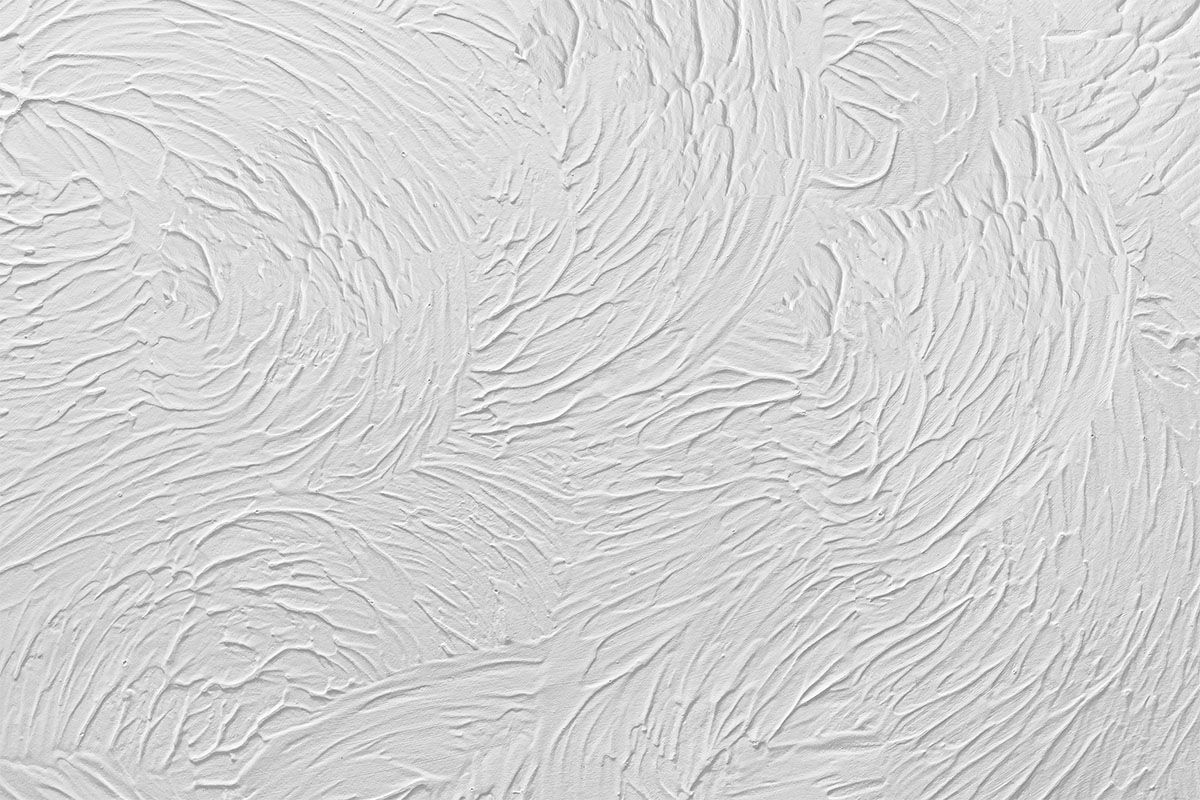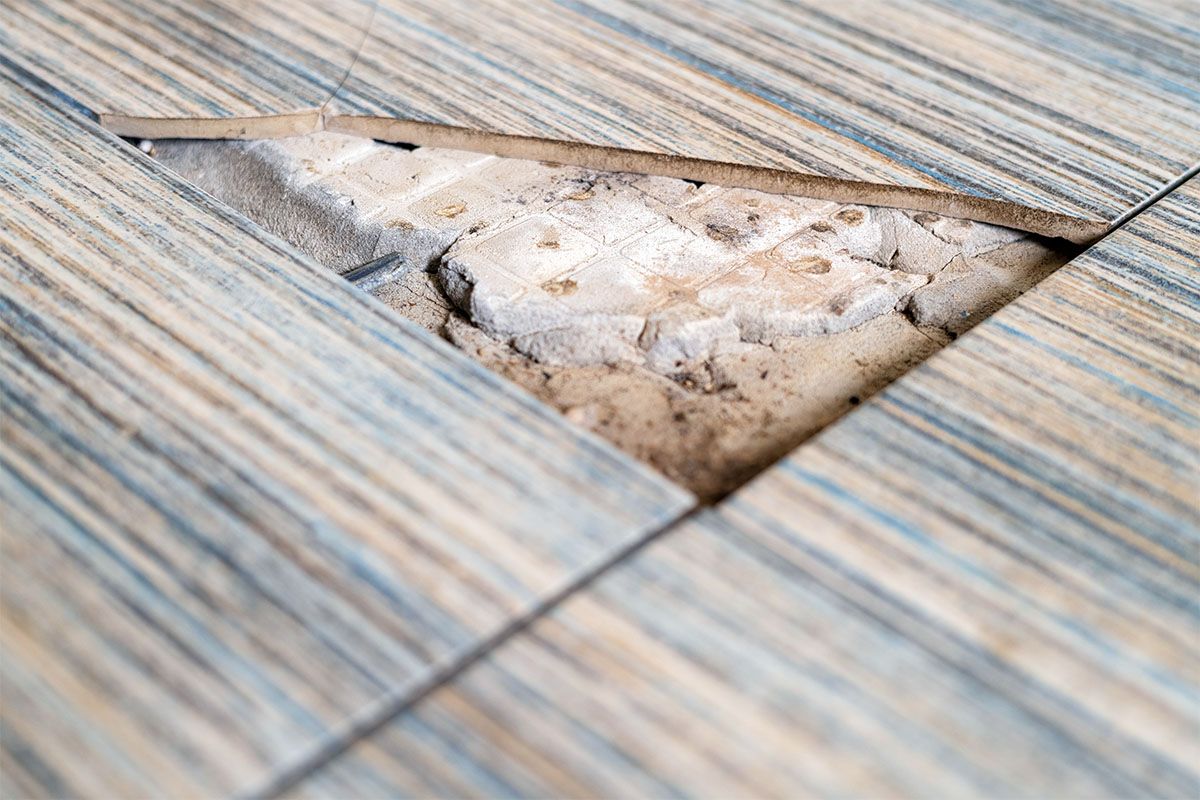Managing Environmental Risks During a Home Renovation
If you are considering renovating your property then you’ll be embarking on one of the most exciting projects of your life. You may already be aware that there are plenty of factors that can impact the pace, scale and timeframe of your refurbishment. One such factor is the environmental risks that can be incurred when you alter the foundations of your property.
As experts in environmental management,
Cordtape Environmental are all too familiar with the potential for setbacks due to mismanagement of hazardous materials. But with this guide, you’ll know exactly what questions to ask, who to consult and where to look when identifying environmental risks involved in your renovation project.
Common environmental risks during renovation
Contaminated land
Contamination sources vary from naturally occurring substances to industrial and man-made materials. Construction projects disturb land and release contaminants into the air and surrounding habitats, creating a risk to public and environmental health.
Common contaminants include:
- Asbestos
- Heavy materials
- Arsenic
- Lead
- Radon
- Arsenic
- Chemical solvents
- Oils
- Tars
Flooding
Flood risks should not be ignored when determining the correct location for a construction project. Not only can it impact the stability of the project, but can lead to contaminants being released into the environment and our waterways.
Asbestos
Asbestos can be found in soils due to poorly managed disposal methods, as well as fly tipping, buried asbestos or the breakdown of asbestos containing materials (ACMs) from previous construction efforts.
The disturbance of this land can release asbestos fibres into the air, putting occupants of the land at increased risk of health concerns. ACMs can be found in gardens and the land surrounding existing estates. This means that even during the renovation of private land, the risk of asbestos presence is still likely.
Outside of environmental risks, asbestos may be present in the foundation of your building if it was constructed between 1970 and 1990. This means that before commencing a renovation project, you should employ environmental specialists to survey and sample the building.
Asbestos is commonly found in the following domestic areas:
- Roof felt
- Roof tiles
- Loft insulation
- Pipe insulation
- Cement
- Textured wallpapers
- Window putty
Why should environmental risks be identified early?
Environmental risks should be identified prior to the initial planning of any home renovation projects. This allows the owners of the property as well as the architects and construction team to make better informed decisions about the scope, timescale and affordability of the project.
If environmental risks are identified once construction has begun, it can delay the process, lead to expensive diversions, and expose workers to hazardous substances that could put their health at risk.
Construction teams may even evacuate the project, and you may face fines for neglecting to implement safety procedures.

How to manage hazardous materials
When hazardous materials are identified, there are generally three strategies that will be considered:
Maintain: If it is possible to avoid disturbing the material during your renovation project, this may be the considered strategy. For example, the construction method or scope of work can be altered to accommodate the discovery.
Encapsulation: In some cases, the ACM can be covered over to prevent the release of asbestos into the air. This depends on its proximity to the area of intended construction as well as how brittle the material is. Encapsulation is a short term solution.
Removal: The best long term solution for ACMs found in a property is removal. This reduces the possibility of future risk. In some cases, it can be best to remove certain materials from the home and start your renovation project with a clean slate.
Managing an existing asbestos risk
Before you push forward with your renovation project, it is prudent that you contact qualified asbestos surveyors who will conduct Asbestos Survey and Sampling to determine the presence of asbestos on your property.
If asbestos is identified, trained professionals will remove ACMs before you begin work on your home.
They will:
- Conduct a site assessment
- Conduct a risk assessment
- Isolate the area
- Remove ACMs with care
- Dispose of the materials appropriately
- Decontaminate the affected area
- Monitor the site to determine whether it is safe
At
Cordtape, we can assist you in locating and identifying Asbestos Containing Materials with our
Asbestos Survey and Sampling service. If we do locate the presence of asbestos, our
Asbestos Removal team will extract it from your premises in accordance with Control of Asbestos Regulations 2012. Our team is fully qualified to manage all aspects of asbestos assessment, removal, refurbishment and waste management.




